This past weekend, President Donald Trump (R) was in Suffolk County, raising money for this reelection. During his time on Long Island, he called requests for financial aid amid the pandemic a bailout, repeating some of the language he used two years in response to Puerto Rico’s request for financial aid after Hurricane Maria.
“I couldn’t disagree with this more,” County Executive Steve Bellone (D) said today on a conference call with reporters. “We need federal disaster assistance to respond to, and recover from, COVID-19.”
Bellone said the county abided by guidelines from the U.S. Centers for Disease Control and Prevention and that it shut down its economy to protect the health of its population, lowering the death toll at the cost of the economy.
Approaching an argument the president has made against the reaction to the murder by police of Minneapolis resident George Floyd, Bellone suggested that the lack of financial support from the federal government would be a form of defunding the police, taking away salaries from public health workers and removing the financial support necessary for the safe return of students to in-person learning this fall.
“This should have nothing to do with politics,” he argued. “We are still in the middle of fighting a pandemic.”
The county executive urged the federal government to provide vital financial resources to fund these recovery efforts.
“When President Trump talks about federal disaster assistance as a bailout, this is flat out wrong,” Bellone said. The money he has requested, including during a recent trip to Washington, DC, he argued will pay for police officers. Bellone also pointed out that Long Island has provided ample financial resources to the federal government during more prosperous years through tax dollars.
By taking away state and local property tax deductions, the federal government has added billions to what Long Island sends to Washington as a region every year, Bellone said.
“The notion of a bailout suggests we did something wrong in Suffolk County,” the county executive continued. “The fact of the matter is, we all did our jobs here.”
Viral Numbers
Separately, Bellone said Suffolk County has managed to keep illnesses and deaths down in the public health battle against COVID-19.
In the last day, the number of people who have tested positive for the virus was 55 out of a total of 5,030 people who received a test. The rate of just over 1 percent is tracking with the positive tests for the last few weeks and is well below the 5 percent threshold schools have for reopening.
The number of residents who tested positive for the antibody to COVID-19 stands at 24,392.
Hospitalizations, meanwhile, continued to be well below the worst of the pandemic, when the health care system strained under the weight of sick residents.
The number of people hospitalized with COVID-19 stands at 33, which is an increase of 2. The number of people in the Intensive Care Unit was three.
Hospital bed occupancy stood at 72 percent overall and at 67 percent in the ICU.
The number of people who have died from complications related to the virus stands at 1,998. Four people were discharged the hospital in the last day.

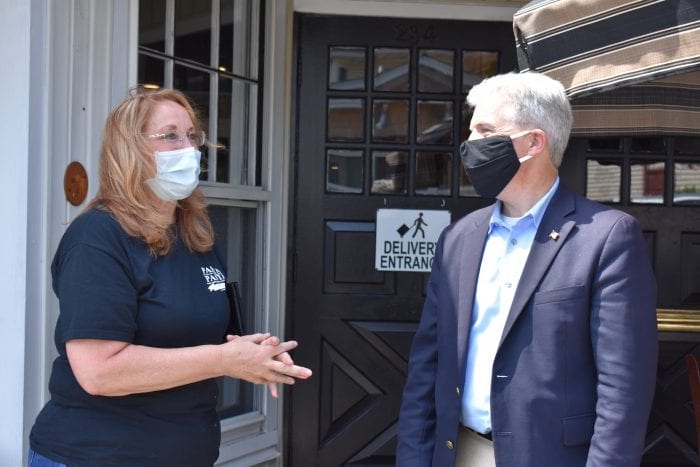
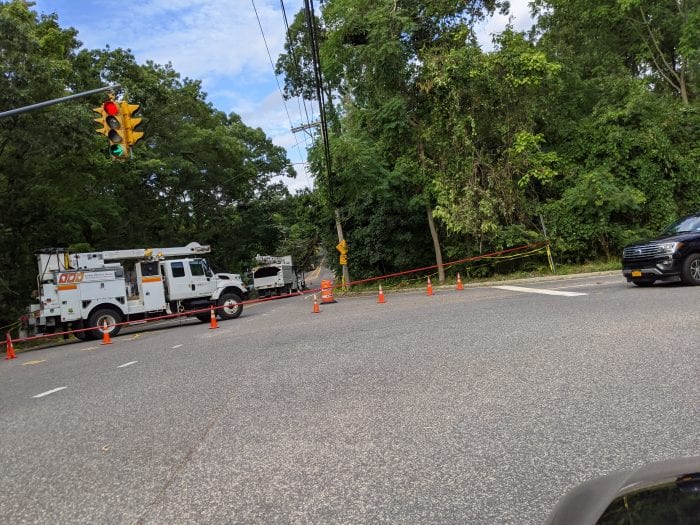
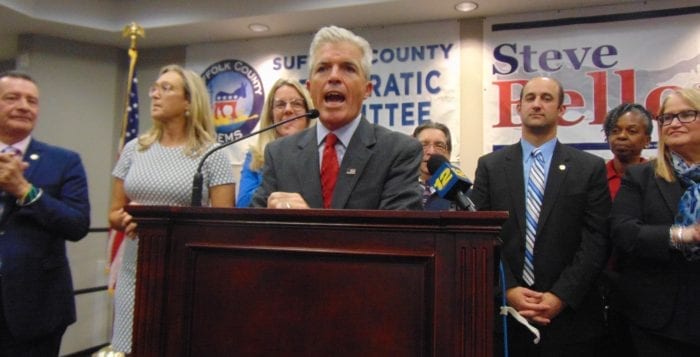
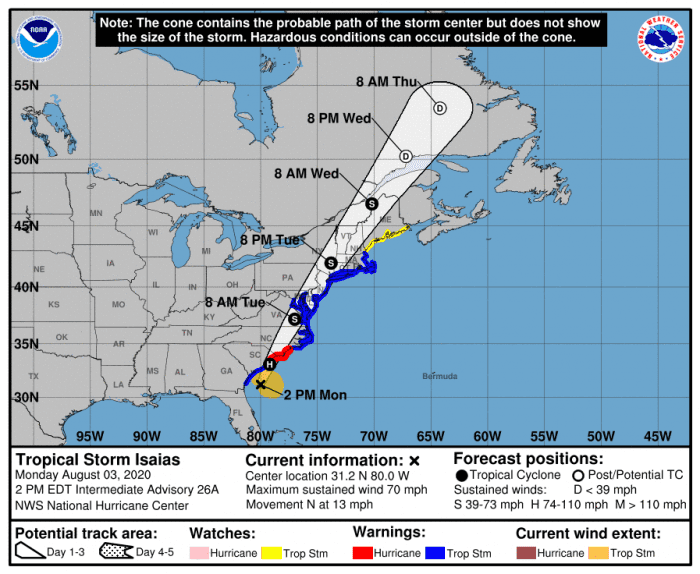


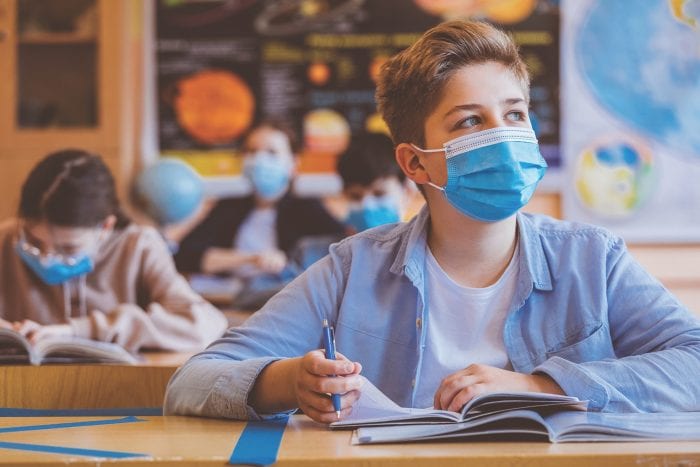

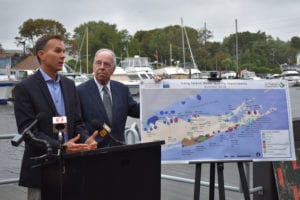


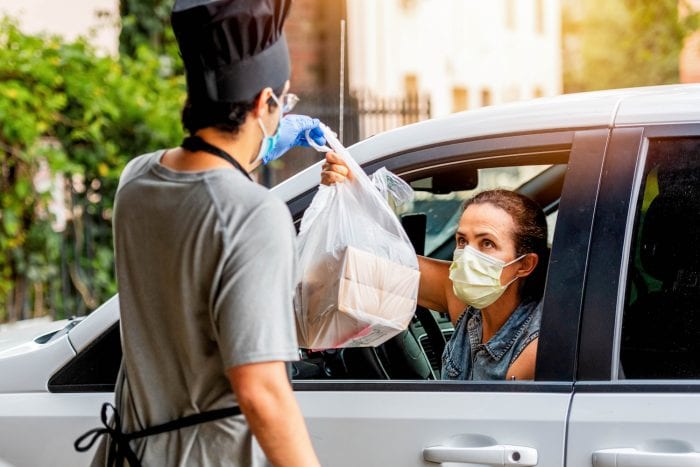
![5 IMG_7930[1]](https://tbrnewsmedia.com/wp-content/uploads/2019/02/5-IMG_79301-700x357.jpg)



